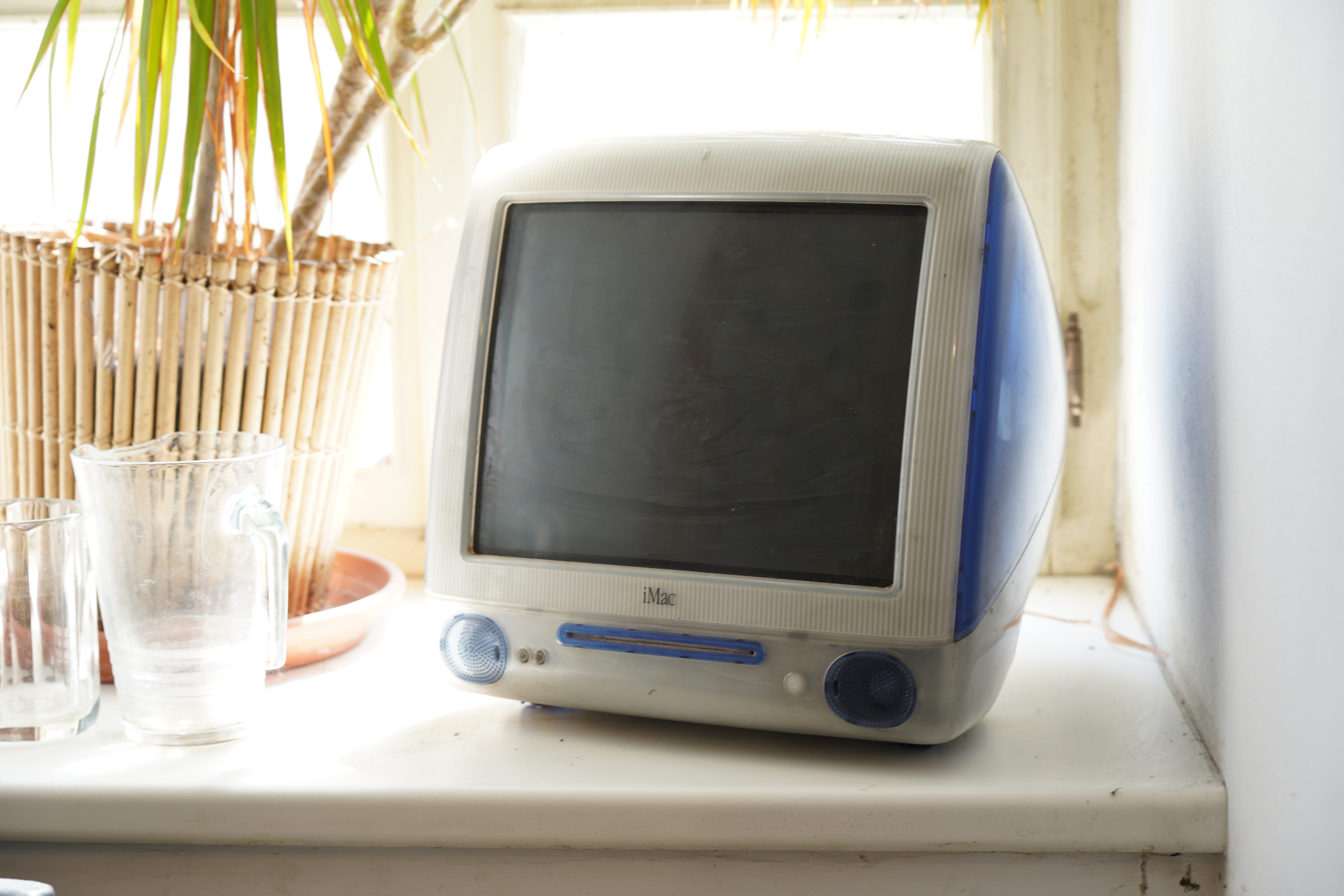I have taken multiple “introductory” design courses and workshops before. However, ’s Product Design class, led by her extensive entrepreneurial experience, was refreshingly different. While it reinforced that many of the concepts from my courses are also applicable to the start-up realm, the unique interactive style of this class meant a few things stood out to me more than the rest.
1. Design can sometimes be objective
We often perceive design as a primarily subjective field. While this holds some truth, Ms Su Yuen’s class illuminated the need to blend creativity with objectivity. Objectivity in design is about grounding decisions in user data and preferences. It’s not about eliminating creativity but channelling it effectively based on user insights.
The segment about designing a phone app for seniors made me realize the importance of approaching design with a mindset similar to providing instructions to a computer, ensuring that we avoid making unintentional assumptions about our users. Following an objective process during the project’s initial phase, instead of being influenced by one’s preferences, emotions and assumptions, helps create products that just work. I found Ms Su Yuen’s advice on documenting assumptions and verifying them through usability testing to be invaluable, and I intend to incorporate it into my design projects moving forward.
2. First impressions matter
First impressions matter because they set the tone for the user’s entire experience. The idea that the most critical element should be apparent within the initial 3–5 seconds of opening an app resonated deeply with me. As designers, it’s our job to give users what they want, instead of them looking for it.
I appreciate Ms Su Yuen’s emphasis on each screen performing a single, clear function and nothing more. For example, various online shopping apps in Singapore have cluttered homepages that bombard you with vouchers, advertisements and dozens of options to choose from. As a new user, this used to confuse me, but I’ve since learned to adapt. However, I hope to avoid subjecting my users to such confusion by prioritizing clear and straightforward design in my projects :)
3. Surface delight vs deep delight
This class provided an intriguing glimpse into the world of rapid prototyping. We had a look at all of the teams’ prototypes and to be honest, I was truly amazed at what everyone could achieve in the span of 30 minutes, which at first glance, appeared stunning and effortful. Yet, upon closer inspection from a user’s perspective, my perceptions often shifted.
Though these designs looked very appealing at the surface level, users needed a lot of thought to understand what was happening. While appealing designs make users happy at the moment at first glance, it becomes commonplace very soon and the delight fades over time. Instead, if we focus on creating a great user experience, by “getting out of the user’s way”, we can create deeply delightful products.
Being in the shoes of the user tester when trying out the donation app was also a learning experience. During this, I discovered that even seemingly intuitive designs like redirecting back to the app from PayLah! and seeing a “Congratulations” screen can present usability challenges. Sometimes, users just want more confirmation about whether their actual transaction has been successful. This experience emphasized the importance of empathy in design; we must anticipate how users with different backgrounds and levels of familiarity with our product’s concept will interact with it.
In summary, Ms Su Yuen’s class enlightened me about blending creativity with objectivity in design, emphasizing first impressions, and prioritizing usability. I’m excited to apply these insights to create user-centred designs that resonate and provide meaningful experiences for all.
 Photo by
Photo by  Photo by
Photo by 
 Photo by
Photo by